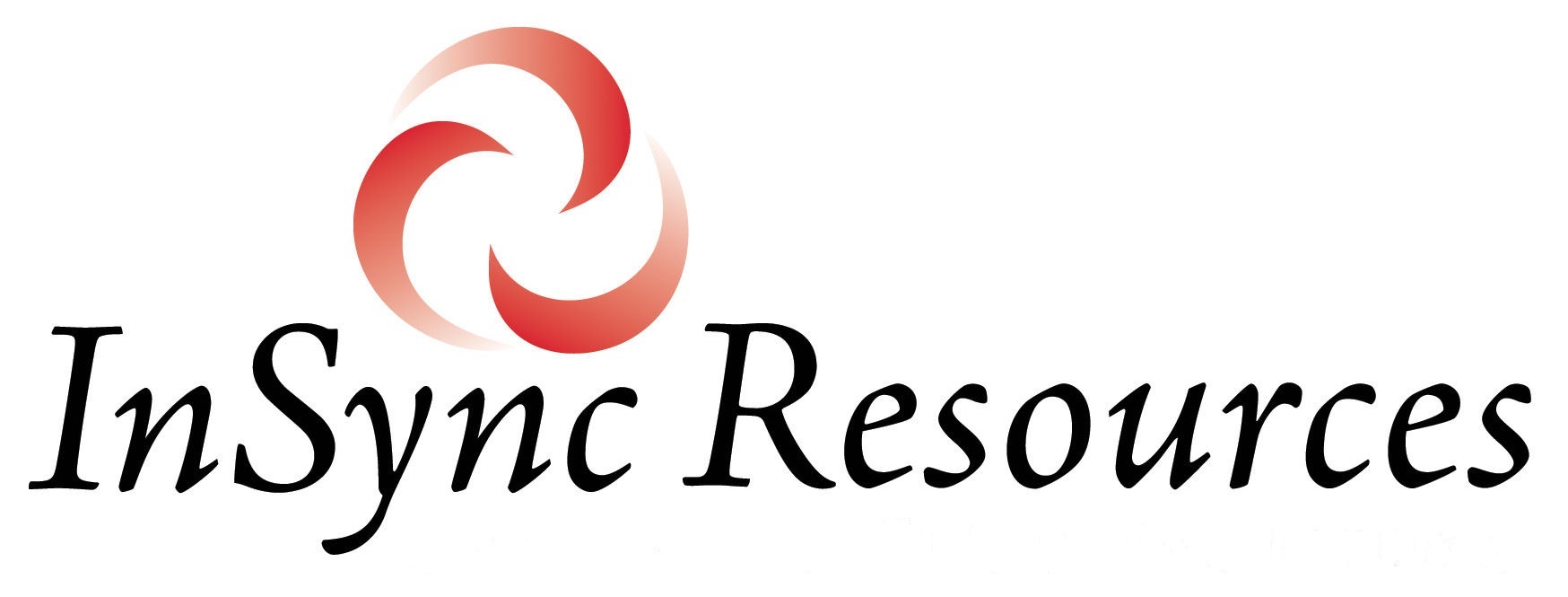
Should your resume be one page or two? Should you include a headshot photo? What about adding a splash of color?
If you’re confused about what you should do with your resume these days, you’re not alone. Because we’re seeing such a wide variety of styles and treatments floating around, I sometimes think we’re in a sort of Wild West period of resumes right now.
Teaser
For example, I’ve noticed a popular trend that might just be a fad, or maybe it’s here to stay. I know that I’m not particularly crazy about this trend, nor are the recruiters who I’ve spoken to about it. One referred to it as a “teaser” resume. He believes that less than 5% of people can use a resume that’s so “skinny,” which is yet another term I’ve recently heard someone use to describe this style. These resumes contain hardly any information about the candidate because the content is arranged in infographic-like blocks and columns on one page with a lot of space taken up by icons and other graphic elements. They also frequently include a headshot. It’s easy to figure out why this is happening because they tend to visually resemble online profiles.
You might think that offering a one-page resume would make it easier for recruiters, but, actually, most of them think like one recruiter I know (a millennial, by the way) who quipped, “I like a resume with some meat and potatoes – not one that’s on a diet.” It totally makes sense that a traditional resume would be preferable to her over a one-page skinny, teaser resume, and that’s because there are three fundamental questions she has to keep in mind when considering you for a position:
- Can you do the job?
- Will you do the job?
- Will you be a fit for the organization?
Consequently, here’s what she and other recruiters are looking for on your resume:
- Your role – This needs to be obvious to them. If your most recent job title doesn’t match with the one they’re trying to fill, you need to figure out how to get them to see that you’re a match.
- Your industry background – Most want to see that you’ve been in the same or similar industry for which they’re hiring. If you haven’t been in the same or similar industry, then you need to make the commonalities between where you’ve been and what they want as obvious as possible.
- Your work experience – They want to see that it’s relevant to the position for which they’re hiring. And they tend to be most interested in what you’ve been doing during the last 3-5 years in particular.
- Your key strengths and relevant areas of expertise – Naturally, they want to see the matchup between what you offer and what the position requires. But it also helps for them to know what you are good at doing and want to be doing. Remember, they’re wondering about “can-will-fit.”
- Evidence of your impact – Recruiters want to see more than just the tasks you’ve performed. They also want to see the numbers. They’re interested in metrics. They want you to demonstrate the impact you’ve made when you’ve shown up to do what you’re good at doing. (Read: How To Make An Average Resume More Memorable)
Casual Tone & Personal Information
Another trend we’re seeing is a more casual tone and inclusion of personal information.
There’s definitely been an uptick in the use of full sentences with first-person pronouns (I, me, my, etc.), especially in the Summary section. For decades, the traditional U.S. resume has omitted the use of personal pronouns for space efficiency and easier reading. In Europe, the CV (Curriculum Vitae) used to include a personal statement section – usually the only place on the CV with personal pronouns – but since use of that section has been waning over the past decade, I would say that social media is the real influence on this new trend in the U.S. What we’re seeing is similar to what you’d say about yourself in your social media profiles.
Some resumes, and this is especially prevalent with teaser resumes, also contain personal information, such as hobbies and personal interests. While I’m not saying this is a bad thing (Read: Special Interests, Hobbies, and Volunteer Experience), I would caution against using valuable resume space for irrelevant information. You can always include those items in your social media profiles, and if recruiters are interested in that aspect about you, they know where to find it.
When we start to include personal information rather than sticking with professional qualifications, we run the risk of going backwards after having won a lot of ground against discriminatory hiring practices. Some of us remember when it was common to include information about your age, marital status, family, and health status. In certain parts of the world, it still is common, but in the U.S. this is no longer required, nor is it recommended.
In 2016, a Bulgarian resume design company mocked up a resume using the former president of Yahoo, Marissa Mayer, as an example of what their platform could do. Apparently, a couple of versions of this teaser resume have been circulated on the internet since then, and many have praised it, calling it inventive and eye-catching. I agree that it is eye-catching, but it is also pretty “skinny” on relevant content. The version that I saw most recently – that a client forwarded to me (see below) – features a pie chart called “My Time,” which maps to items in a list beneath that includes “Spending time with my children.” Not only do I think that section is a waste of space that could be better used to show evidence of impact, I also know that the level of personal information being shared is enough to make any HR professional cringe because in the U.S. it’s illegal to ask whether or not a candidate has children.

Traditional
As you may have guessed, I fall in line with my recruiter friends who favor a more traditional resume. A traditional resume is typically formatted with minimal or no graphic elements and may be up to two pages long. But just because a traditional resume has more emphasis on content and hardly any graphic elements doesn’t mean it can’t be visually interesting. In fact, I frequently include color in the traditional resumes I develop with clients. Sometimes, I’ll even include a text box.
For the record, I’m not against a one-page resume if you can include the major elements that I previously mentioned. And I’ve advised many clients who are using a one-page format on how to improve and optimize content based on what I know recruiters will want to see, especially when available space is so critical.
When deciding whether to go with a teaser resume or a traditional resume, the most important factor to consider is the answer to the question, “Who is likely to be receiving your resume?” If your target audience (hiring managers and recruiters in your industry/field) prefers the infographic style or teaser style, then it would make sense to use something other than the traditional style.
In the end, no matter what style you choose, it’s about including the right “can-will-fit” content, as well as arranging that content so that recruiters can easily digest it and will want to reach out to you.
